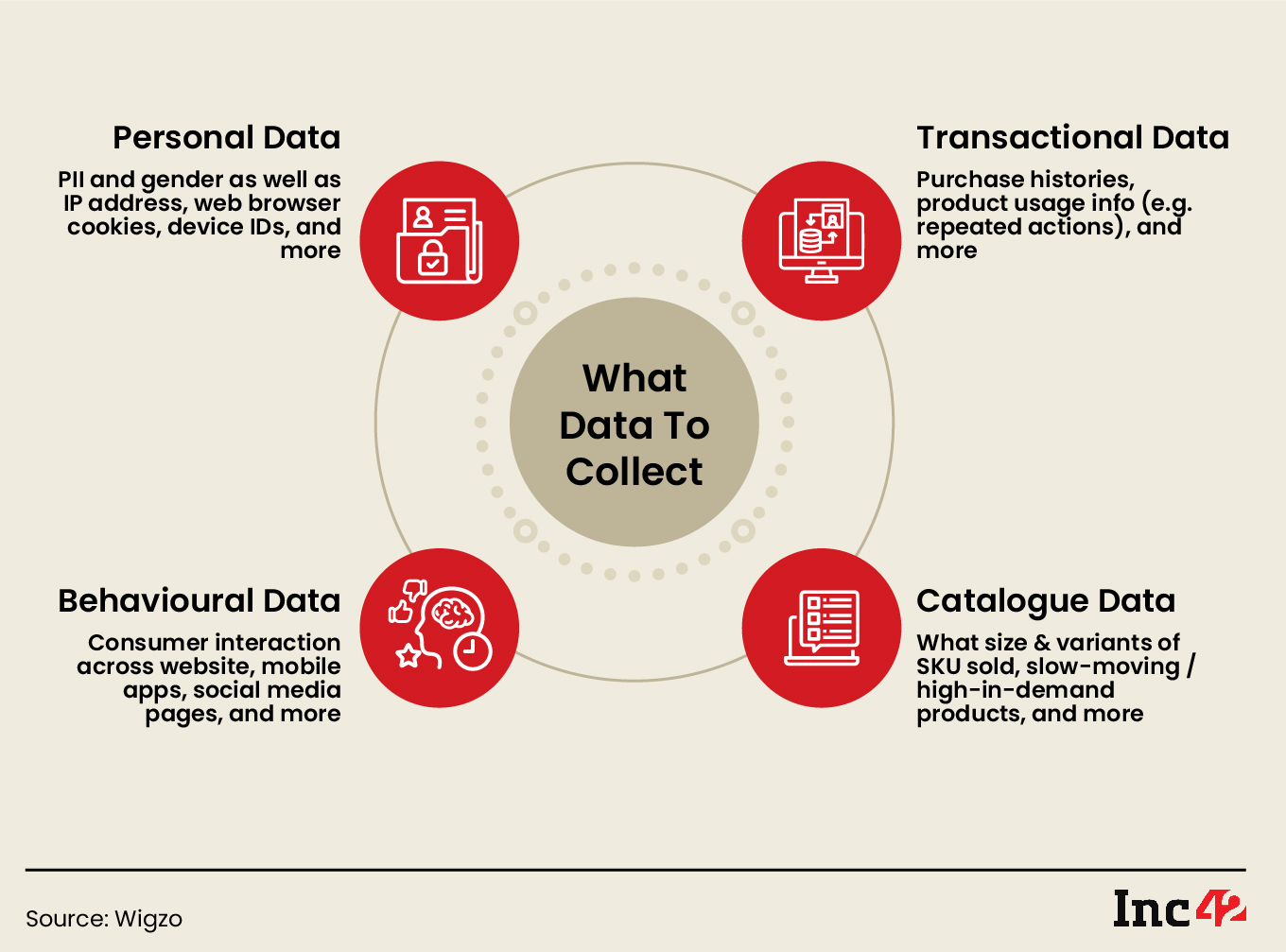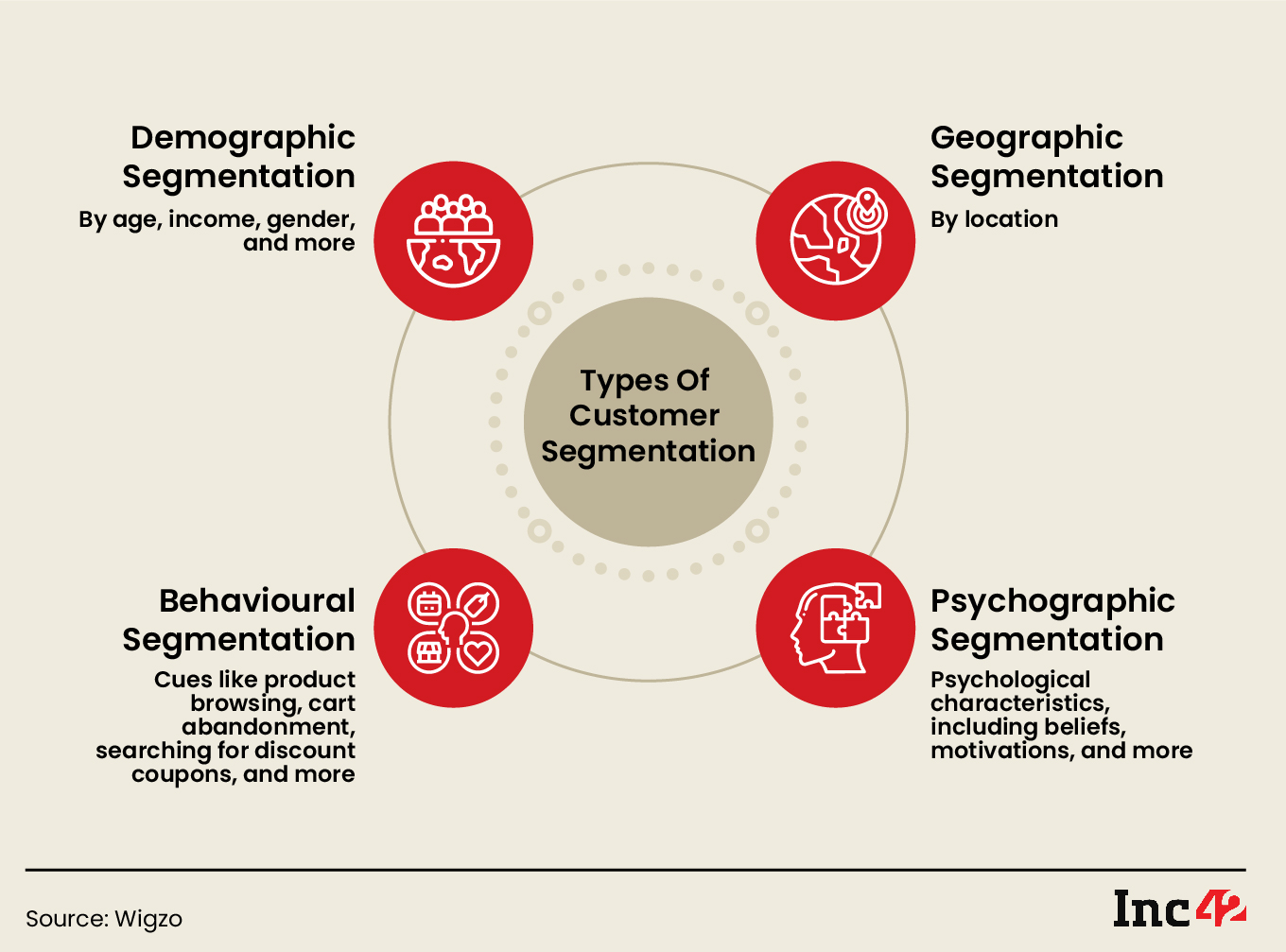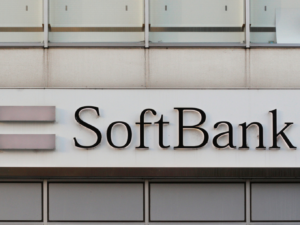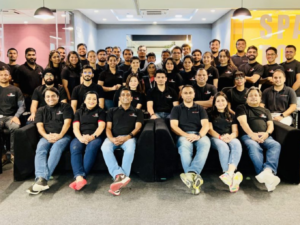
SUMMARY
The D2C market is estimated to grow at a CAGR of 24% during 2021-2030. In comparison, ecommerce as a whole is estimated to grow at a CAGR of 19% during 2022-2030
To capitalise on this momentum, many D2C brands have adopted an omnichannel approach to drive customer engagement and conversion
Learn why D2C brands need martech solutions to build best-in-class omnichannel customer experience
The retail world saw a paradigm shift in the wake of the pandemic, as many new-age, tech-savvy Indian consumers increasingly opted for direct-to-consumer (D2C) brands.
Of course, convenience and safety were primary considerations for traditional ecommerce adoption. But the growing engagement with D2C brands continues as other benefits have started to top the pecking order of consumer preferences. Be it product provenance or personalised shopping experience, price advantages (due to the absence of traditional wholesale and retail intermediaries) or loyalty rewards, speedy execution or brand ethics, an overall leaning towards D2C is undeniable in post-pandemic times.
The growing traction is also reflected in industry estimates. According to Inc42 reports, the D2C segment is set to surpass $302 Bn by 2030, growing at a CAGR of 24% during 2021-2030. In comparison, ecommerce as a whole is estimated to grow at a CAGR of 19% during 2022-2030 to reach $400 Bn.
Although D2C has penetrated consumer awareness and plays an outstanding role in a digital-first economy, it faces tough competition from deep-pocketed ecommerce marketplaces and storied legacy players leading the traditional brick-and-mortar retail for years.
Understandably, Indian D2C brands needed a phygital strategy to make the most of the online and offline opportunities. So, many of them have moved away from online-only selling via brand websites, mobile apps and ecommerce marketplaces and adopted an omnichannel approach.
Going by the data we have, the shift to omnichannel has some serious takers. Around 50% of Indian D2C Brands have an omnichannel presence, while 29% are mulling over it, according to Inc42 reports. Also, 87% of the D2C brands think omnichannel is critical for consistent customer experience, enhanced efficiency and a rise in conversion rates.
As the name suggests, the omnichannel format ensures that people can engage with brands across multiple touch points such as dedicated websites, ecommerce platforms, mobile apps, social media, email and SMS, in-store interactions and more. In brief, customers today can choose how and when they want to interact, and brands must provide a seamless customer experience (CX) integrated across all channels for improved and consistent interactions.
Moreover, personalising a customer’s journey through an effective omnichannel strategy also leads to better user stickiness and repeat sales.
According to a Freshworks report, 80% of buyers are likely to purchase from brands that offer personalised experiences. However, the secret sauce to developing and executing a potent personalisation strategy for a seamless omnichannel CX involves several critical functions. First, brands need to collect user data from all available touch points for comprehensive collation and extensive mapping of customer journeys. Next, data segmentation and cohort analysis are done for personalised and tailored interactions.
Given this complex procedure, the question is: Do D2C brands have enough capital and trained in-house teams to carry out these tasks?
Enter third-party AI-driven marketing automation platforms like Wigzo and its ilk that can help develop a successful omnichannel approach to improve customer engagement and thus drive brands’ growth.
“Wigzo’s AI-powered dashboard allows brands to transform massive customer data into actionable insights to boost their personalisation efforts,” said Umair Mohammed, cofounder and CEO of the New Delhi-based martech platform.
On the other hand, failing to implement omnichannel CX means losing out on massive market opportunities. After all, the competition will get tougher as new D2C brands emerge with more innovative omnichannel game plans to wrest market control from incumbents.
Creating Best-In-Class Omnichannel CX
To map a customer’s online journey, from browsing to purchasing to post-sales activities and more, brands can collect all relevant data from digital touch points such as websites/apps/marketplaces, social media posts, online forums and more. But retail foot traffic is a tough proposition when it comes to data gathering and engagement.
Omnichannel D2C brands usually take additional measures, including storing permissible data, and tracking customer preferences through surveys, order histories, goods returned and visit/purchase frequencies. Additionally, these brands incentivise customers to shop more at physical stores by designing special loyalty programmes for them. Such practices help build a robust data link between brands and offline buyers.
Such exercises routinely deliver truckloads of data. But the information is of no use unless every bit is fed into a unified ecosystem for analysis and insights by intelligent tech tools. The use of artificial intelligence is imperative here, as manual analysis of big data is not feasible.
The right way of big data analysis across sectors is common knowledge by now. But a 2021 Gartner report startled everyone when it stated that 63% of digital marketing leaders struggled with personalisation, but only 17% leveraged AI-ML. Additionally, 2022 has likely seen 50% of the large organisations fail to unify engagement channels, resulting in a disjointed and siloed customer experience lacking cohesiveness.
In contrast, martech platforms like Wigzo use AI-ML to analyse user data for actionable insights and provide a holistic view to help brands plan their best personalisation strategies.
Here is a step-by-step guide to setting up an effective omnichannel CX strategy:

“Wigzo’s ability to gather and store all customer data in one place and segment it into different cohorts is crucial for catering to customers’ needs and reaching out to them at the right time with the right content,” said Umair.

A comprehensive and effective omnichannel CX also requires cross-functional stakeholders to be well-aligned so that the messages conveyed to users do not contain any ambiguity. Among these stakeholders will be brand teams (in-house or third party) looking after sales, marketing, customer service or even product development. Training all parties concerned, paying attention to customer feedback and making continuous adjustments to accommodate necessary changes will help every brand seeking success.
As people are more likely to purchase from brands providing personalised experiences/customer journeys, D2C businesses must be extra careful about the messages sent to their target audience. They should refrain from boilerplate content, irrelevant product recommendations and promo codes at any cost. Leveraging martech solutions like those offered by Wigzo can help them avoid such annoying situations and the resulting drop-offs.
For context, boilerplate refers to templatised content repeatedly used without too many changes.
After the messages are finalised, the next crucial step is to provide customers with a device/platform-appropriate call to action (CTA). For example, a clickable ad on a social media mobile app like Instagram should ideally lead to the brand’s mobile website and not the desktop version.
How do these omnichannel dos and don’ts work for the brands?
In 2022, Wigzo claimed to have boosted several companies’ gross merchandise value (GMV) by 20-26% with the help of its personalisation solutions. It also counted 400 brands as its clients.
Umair recounted what the martech platform did for a client called Leaf Studios, a maker of audio products and smartwatches. When the D2C brand approached Wigzo, there were many challenges impeding its growth. These included a high cart abandonment rate, low engagement, retention issues and customer segmentation mistakes.
“However, Wigzo’s personalisation, segmentation and omnichannel capabilities boosted Leaf Studios’ transactions by 125% and overall revenue by 128%,” he added.
Elaborating further, Umair said that the platform used different communication channels for different goals. For instance, Wigzo’s onsite behavioural nudge helped engage site visitors and pushed them in the right direction (read purchase) with creative and personalised trigger-based pop-ups. This helped Leaf Studios record a 23% higher clickthrough rate (CTR).
Besides, Wigzo launched personalised SMS campaigns to bring users back to their abandoned shopping carts and complete transactions. It also used personalised email messages, SMSes and web-based push notifications to increase repeat purchases and retention rates.
The Road Ahead: Time To Prepare For The Next Billion Users
If the festive season sales of 2022 are anything to go by, the next big growth avenue for D2C brands will be paved by the rising demand from Tier 2 and 3 cities and beyond. Ecommerce behemoth Amazon India already witnessed it, claiming 80% of new customers came from those locations during the festive season.
Meanwhile, omnichannel customer experience will continue to evolve, powered by cutting-edge tech adoptions, including AR-VR and 5G, and diversified cultural integration. An ICUBE report anticipates that with rising smartphone and internet penetration, India will boast 900 Mn active internet users by 2025. This is bound to lead to a proportional rise in non-metro-based online shoppers looking for niche or value-added direct-to-consumer brands. More importantly, D2C brands may have to leverage vernacular content and local culture to optimise user interaction and conversion rates.
But there is more.
Globally, many premium and not-so-premium brands are leaping into the metaverse (Web3) for impact and engagement. Both legacy players and digital newcomers like Indian D2Cs are diligently working on their Web3 game plans to bring in an all-new shopping experience where customer journeys will take place in immersive worlds, merging the physical and the virtual.
Metaverses are no fad for sure, and engaging customers in the era of Web3 will be even more challenging (and exciting) for D2C brands keen to re-innovate customer experience in the omnichannel space. One needs to wait and watch how martech platforms like Wigzo can help them capitalise on future opportunities and engage customers in brand-new ways.






































